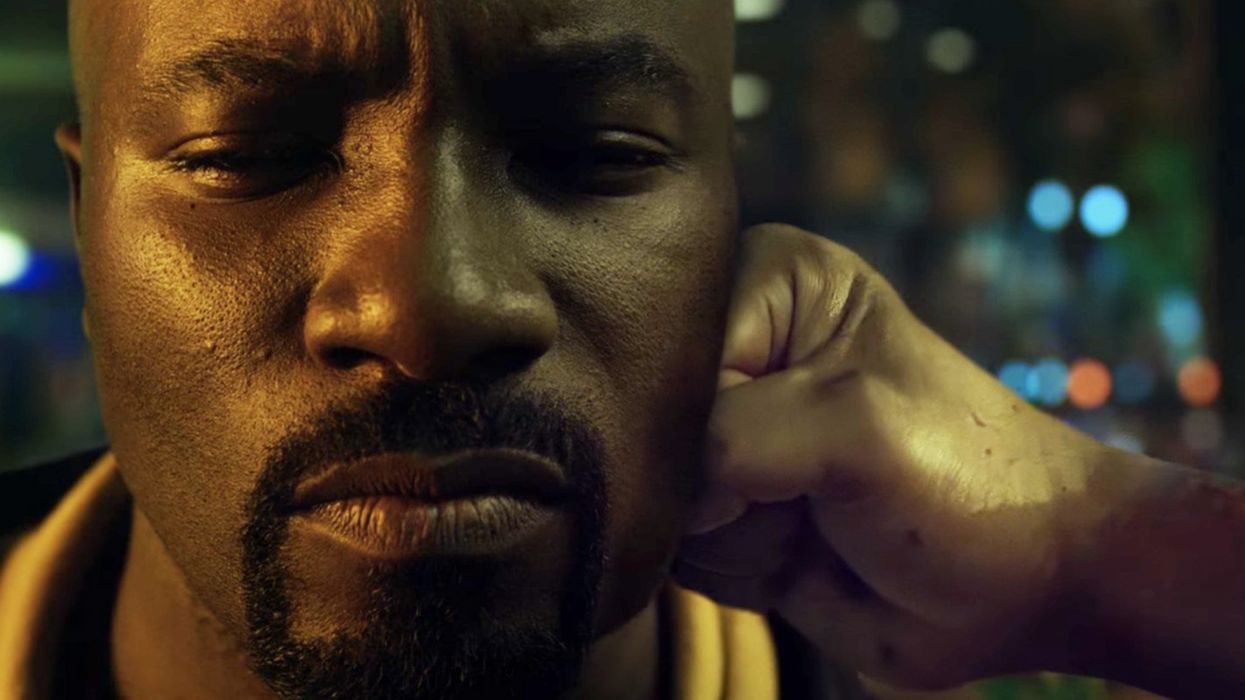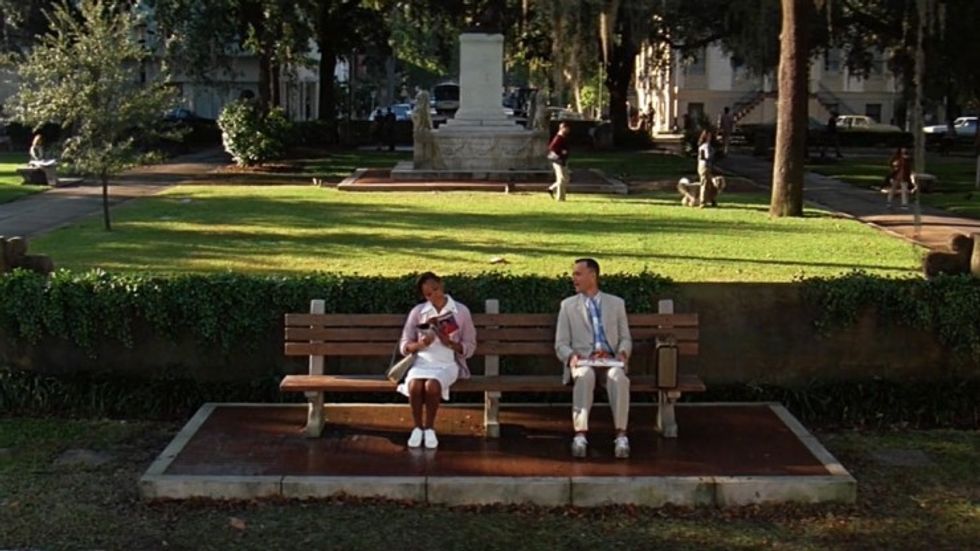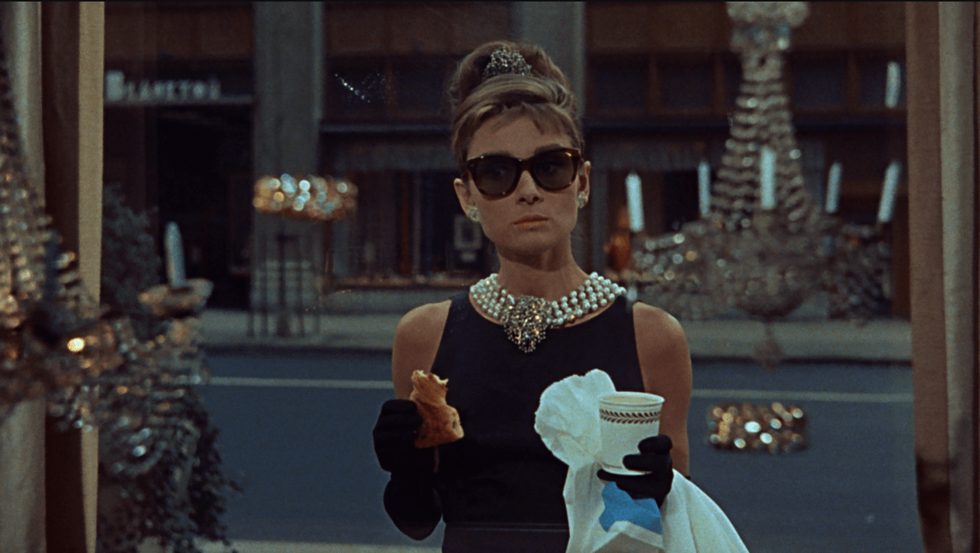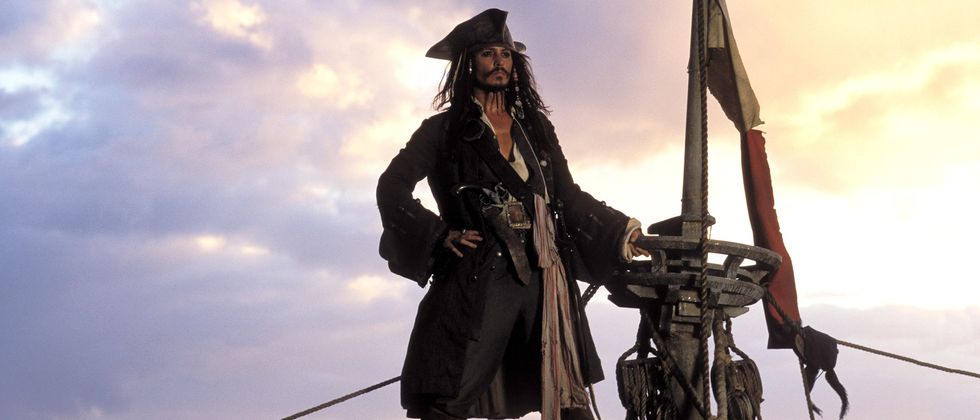Marvel's 'Luke Cage': The Art of Recording Sound in the Chaotic Marvel Universe
In Marvel's world of action and fighting, how do you capture sound?

When Marvel announced it was expanding its universe to Netflix with a four-part series featuring Daredevil, Jessica Jones, Luke Cage and Iron Fist ending in an eight episode mini-series, The Defenders, there wasn’t much chatter among fanboys. Even when Netflix released the Daredevil teaser in 2015, fans were mum—but with good reason. ABC’s now-debunked Agent Carter was airing, Avengers: Age of Ultron saw daily plot reveals, and the latest trailer for Ant-Man dropped, delivering more intrigue to the macro-sized hero played by Paul Rudd. But overshadowing it all was news that Sony was bringing Spider-Man into the Marvel world, which we witnessed in Captain America: Civil War.
What was then lost in the shuffle is now an unprecedented success for Netflix: Daredevil is one of its most-watched original series, Jessica Jones will see a second season, and the streaming service has announced a fifth hero in the fold, Punisher.
Netflix is hoping Luke Cage, premiering today, packs the same powerful punch. No Film School reached out to production sound mixer Joshua Anderson, CAS, to discuss how he captured the chaotic sounds of Hell's Kitchen.
"I imagine that when he takes a punch, he not only feels the physical power, but also feels the sound of the punch."
No Film School: You’ve been the production mixer on each of the Marvel series on Netflix – Daredevil, Jessica Jones, and now Luke Cage. How did that come about?
Anderson: I got the job on Daredevil because of my connection with Jim Chory, who’s Senior Vice President of Marvel Television. Jim was the line producer on NBC’s Smash which I previously worked on. I actually met Jim through UPM Steve Wertimer who I knew while mixing Law & Order.
NFS: So you’re saying relationships in the industry are quite relevant.
Anderson: Definitely. When I heard Jim was a part of the Marvel shows, I called, hoping to get a chance to be on one of them.
NFS: It seems to have turned out pretty well.
Anderson: I had wildly underestimated the extent of the job at first. I assumed each of the four heroes’ first season shows would be shot concurrently, with one of the crews going on to work on the mini-series. Jim explained that wasn’t the case and passed my name to Kati Johnston, the line producer on Daredevil, and it went from there.
NFS: Having seen the first episodes of Luke Cage, its soundscape is truly unique compared to Daredevil and Jessica Jones.
Anderson: For us, Daredevil really became about the city and the grittiness in the fighting. It was about finding a way to work around the stunts and special effects and still get the dialogue as well as the up-close perspectives of the action. Luke Cage brought music in as an important aspect of the show in addition to the brawling.
"Sometimes people forget how much the characters in these shows talk because of the action. We shoot 5-10 pages of dialogue scenes per day, like any other drama show."
NFS: Since Matt Murdock/Daredevil (Charlie Cox) is blind, did you approach the audio differently?
Anderson: Daredevil’s heightened abilities means he hears everything a little more presently than a normal person. I imagine that when he takes a punch, he not only feels the physical power, but also feels the sound of the punch. I think for me—and I wasn’t a big comic book kid growing up—it was a good training ground recording sound that fits the comic book feel.Since comic books are even more two-dimensional than motion pictures, they rely on imitating depth and directing your eye with implied movement. Sonically, because we need to record everything in mono, I can’t help support an impression of lateral (left-right) movement—except to not ignore the uniformity of it in relation to the camera—but I can support near-far perspective. There’s sometimes a push in television to keep the depth perspective uniform, but playing with that depth a bit adds a nice dynamic to the show.
NFS: Has your crew been the same on each show?
Anderson: For all of these Marvel shows, I’ve had Gregg Harris on boom, Terence McCormack Maitland on second boom, and 2nd unit mixer Julian Townsend. On Luke Cage, we added David Tirolo as our ProTools playback operator when we had musical performances.

NFS: I’m glad you brought that up. Luke Cage has quite a few musical performances, thanks to the Harlem’s Paradise club owned by Cornell Stokes aka Cottonmouth (Mahershala Ali). Did it bring back memories from Smash?
Anderson: The show does have a big focus on music. It was great to be a part of that kind of project again. And with a lot of the same sound team, too. Gregg, Terence and I all worked on the first two seasons of Smash. David had done some extra days with us on Smash and it was great to have someone who is not only familiar with ProTools but can help us approach the playback so we can be as supportive to the performers as possible. Typically, our playback isn’t just a play and stop, but finding starting points, speaker mixes, and cue points that put the performers in the best situation they can be in.
"We try to approach scenes with the mentality of how can we not use wires."
NFS: Do you always approach scenes boom first?
Anderson: Sometimes people forget how much the characters in these shows talk because of the action. We shoot 5-10 pages of dialogue scenes per day, like any other drama show, and I couldn’t make it through the 13 episodes without Gregg and Terence.
We try to approach scenes with the mentality of how can we not use wires. We try to record only on the boom. Having both Gregg and Terence cover complex scenes with sometimes larger ensemble casts—like in police precincts, or bigger spaces, like we had in the Harlem’s Paradise club—is a big advantage in tackling the amount of dialogue each day.
Also, these shows are bringing stories to an audience that are about unrealistic things: superpowers. What sells it are the performances. And they’ve been great across all of the shows we’ve worked on here. A boom mic getting a naturalistic sound, I feel, helps support those performances. We get the nuances better than a lavalier would. Mahershala’s laugh as Cottonmouth is incredible on the boom. Mike’s baritone is heroic on the boom.

Anderson: Being able to give post a show that’s primarily recorded on good sounding boom microphones and leaving them with very little to loop makes it worth it to me. We do it so the show can preserve some of that dynamic perspective that one feels when you read a comic book, instead of a uniform perspective you can get with wires. We also pride ourselves in getting everything onscreen and off, so post can spend more time and money on layering effects.
NFS: Cinematographer Manuel Billeter has been the visual counterpart on Jessica Jones and Luke Cage. How has picture and sound worked together on the series?
Anderson: I’ve really enjoyed working with Manuel on these shows. Not only is he understanding of what we need in our department, but his work looks really good. He takes a lot of care in choosing the look for each of these shows and still moves quickly, has fun, and brings a real sense of teamwork. He also is genuinely interested in the story and wants all the different parts to come together so it’s a good show. He’s not in it for just a credit or his reel, and I think that sentiment rubs off on everyone. It’s fun to watch him take into consideration not just what the director wants for the scene, but also what works with the action—for the story—and how to prioritize the shooting so things move quickly.
He’s one of the few cinematographers I’ve worked with where you get a sense of a rich artistic background that he can cull from while keeping a very down-to-earth and practical outlook on what we are all doing on a New York City street at 3 AM with actors pretending to beat up criminals.














